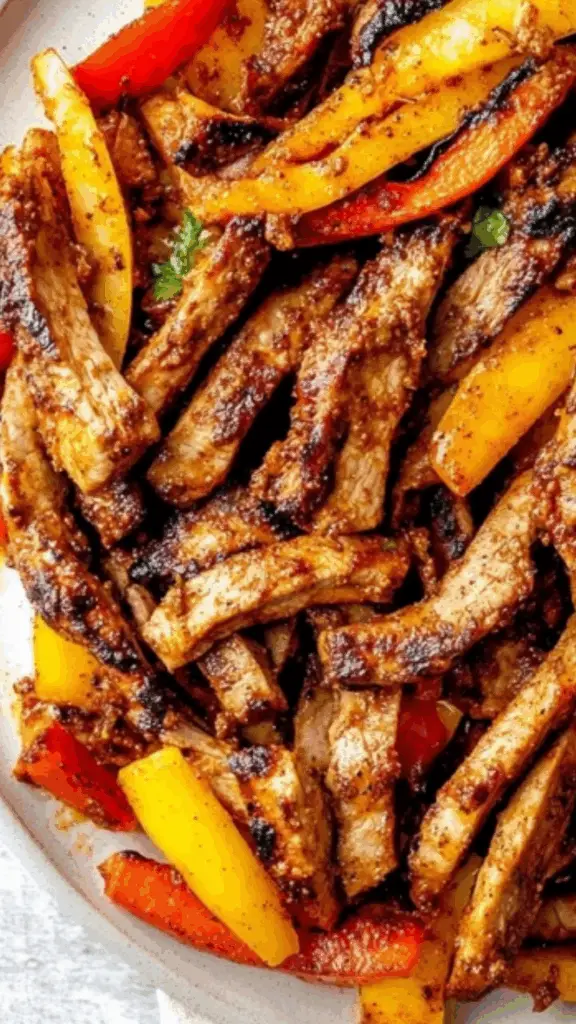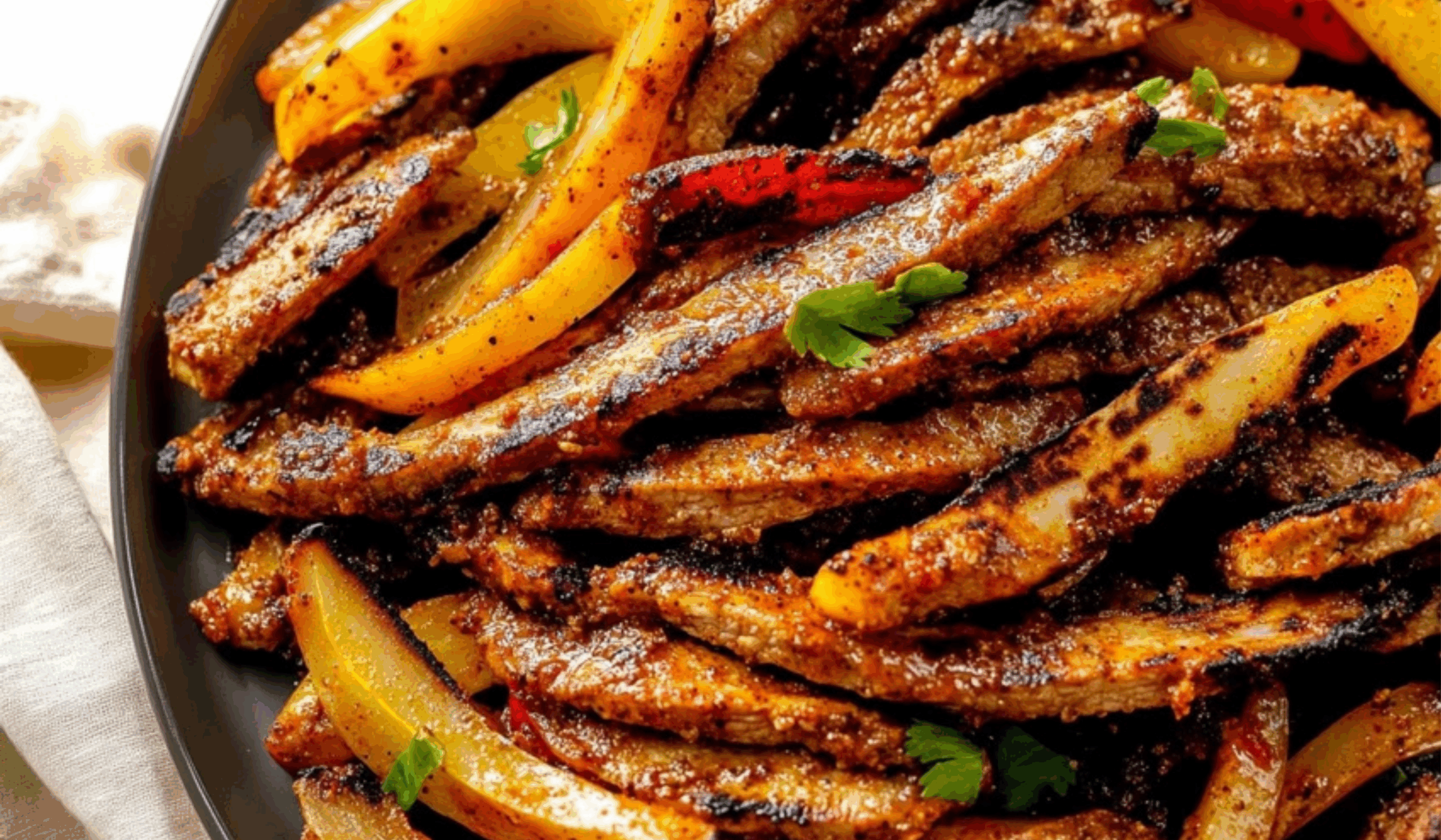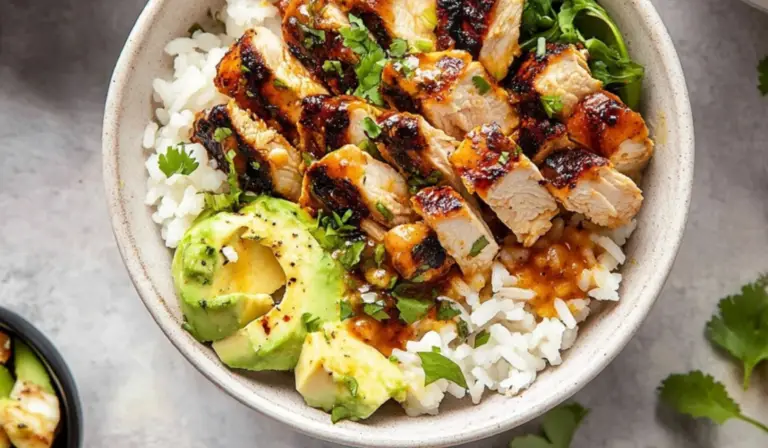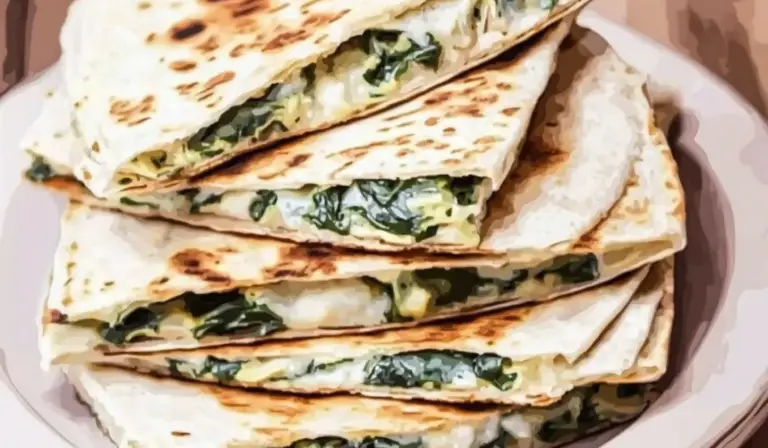The Best Homemade Fajita Seasoning for Chicken and Beef
There’s something undeniably satisfying about sizzling fajitas served hot off the skillet—the smoky aroma, the colorful peppers, and that bold, zesty kick from a well-balanced seasoning. Instead of reaching for a store-bought mix filled with preservatives or vague “spices,” crafting your own homemade fajita seasoning gives you total control over the flavor. Whether you’re cooking chicken, beef, or even vegetarian fajitas, this blend adds an irresistible depth that transforms a simple dish into something unforgettable. This article will walk you through making a bold fajita seasoning from scratch, why it’s better than the packaged versions, how to use it effectively, and beginner-friendly tips for making your next fajita night a success.

Ingredients and Preparation
This fajita seasoning uses simple pantry spices you likely already have. It’s easy to put together and stores well for future use. The blend balances smoky, spicy, savory, and herby elements to create the classic fajita flavor you love.
Ingredients (Makes about 6 tablespoons):
- 1 tablespoon chili powder – provides the base with a mild heat and earthy tone
- 1 tablespoon smoked paprika – gives a smoky, slightly sweet depth
- 1 tablespoon ground cumin – adds a warm, nutty, and peppery flavor
- 2 teaspoons garlic powder – gives sharp savory notes
- 2 teaspoons onion powder – offers mild sweetness and richness
- 1 teaspoon dried oregano – adds an herbal kick
- 1 teaspoon salt – enhances all other flavors
- 1 teaspoon ground black pepper – for a mild heat and sharpness
- 1/2 teaspoon chipotle chili powder (or regular cayenne) – adds a deeper smoky spice kick
Optional Ingredients for Customization:
- 1/2 teaspoon crushed red pepper flakes – for extra heat if desired
- 1/2 teaspoon brown sugar – adds a hint of sweetness to balance spicy flavors
- 1/4 teaspoon coriander – for a subtle citrusy finish
Preparation Steps:
- Measure each ingredient accurately using a measuring spoon.
- In a small bowl, mix all ingredients thoroughly until fully combined.
- Transfer the blend into an airtight jar or spice container for storage.
- Store in a cool, dry place. It will retain its flavor for up to 6 months.
- Shake or stir the mixture before each use to ensure even distribution of spices.
Step-by-Step Instructions
This seasoning is incredibly versatile. Here’s how to use it step-by-step in your favorite fajita recipes using chicken or beef:
1. Marinate Your Protein
- For chicken fajitas: Slice 1 lb of chicken breasts or thighs into strips.
- For beef fajitas: Use skirt steak, flank steak, or sirloin, cut into thin slices.
2. Mix Your Marinade
In a bowl, mix:
- 1 1/2 tablespoons of the fajita seasoning
- 2 tablespoons olive oil
- Juice from 1 lime
- Optional: 1 tablespoon water to thin it out for easier coating
3. Marinate Your Meat
- Place sliced chicken or beef in the marinade and toss to coat evenly.
- Let it marinate for at least 30 minutes, preferably up to 2 hours in the fridge.
4. Prepare Your Vegetables
- Slice 1 red, 1 yellow, and 1 green bell pepper, and 1 medium onion.
- Drizzle with olive oil and sprinkle lightly with additional fajita seasoning (about 1/2 teaspoon).
5. Cook the Fajitas
- In a large skillet over medium-high heat, cook the marinated meat until browned and cooked through (about 6–8 minutes for chicken, 8–10 minutes for beef).
- Remove the meat and set aside.
- In the same skillet, sauté the vegetables until slightly charred and softened (about 5–7 minutes).
- Add the cooked meat back to the pan and toss everything together.
6. Serve Hot
- Serve immediately with warm tortillas, fresh cilantro, lime wedges, and your favorite toppings.
Beginner Tips and Notes
- Always taste your seasoning first: If you’re new to spice blending, taste a pinch before using it in your dish to ensure the balance is right. You can adjust the salt or heat level to your liking.
- Adjust heat levels: If you prefer mild flavors, reduce or omit the chipotle chili powder. For more heat, increase it or add crushed red pepper flakes.
- Batch and store: Double or triple the recipe to make a large batch. Store in a labeled jar for easy use whenever you’re cooking.
- Use fresh spices: Spices lose potency over time. Make sure your paprika, cumin, and chili powders are fresh for maximum flavor.
- Don’t skip the lime juice: Lime juice in the marinade adds acidity, which tenderizes meat and brightens the overall flavor of the dish.
- Use the seasoning beyond fajitas: This blend also works great for grilled chicken, taco meat, roasted vegetables, or even scrambled eggs.
- Avoid overcooking: Chicken should be cooked just until it’s no longer pink. Beef should be seared quickly on high heat to avoid becoming tough.
- Marinate in a zip-top bag: This ensures even coating and easy cleanup.
- Let the meat rest: After cooking, rest the meat for a few minutes before slicing or mixing with veggies. This keeps it juicy.
- Experiment with oils: While olive oil is traditional, avocado oil is a great high-heat alternative.
Serving Suggestions
This fajita seasoning can enhance a variety of dishes, not just classic fajitas. Here are a few ways to enjoy it:
- Classic Fajitas
Serve the meat and veggies with warm flour or corn tortillas. Add fresh toppings like sour cream, shredded cheese, guacamole, diced tomatoes, and cilantro. - Fajita Bowls
Skip the tortillas and serve everything over a bed of rice, quinoa, or lettuce for a lighter option. - Stuffed Peppers
Mix cooked fajita meat and rice together, stuff into bell peppers, top with cheese, and bake. - Fajita Nachos
Layer seasoned meat and vegetables over tortilla chips, top with cheese, and bake. Add salsa, jalapeños, and avocado slices before serving. - Fajita Pasta
Toss cooked pasta with fajita-seasoned chicken or beef, sautéed peppers, and a light cream or tomato sauce. - Quesadillas
Fill a tortilla with seasoned meat, cheese, and sautéed veggies. Grill or pan-fry until crispy. - Breakfast Fajitas
Use the leftovers in a breakfast scramble with eggs, or wrap it in a tortilla for a breakfast burrito.
The Best Homemade Fajita Seasoning for Chicken and Beef
Ditch the store-bought packets and mix up this bold, zesty Homemade Fajita Seasoning! 🌶️🧂🔥 Perfect for chicken, beef, or even veggies, this blend features chili powder, cumin, paprika, garlic, and just the right kick. 🧄🍗🥩 It’s quick to make, easy to store, and bursting with flavor—ideal for sizzling skillet fajitas any night of the week. Add a homemade touch to your meals with this simple, powerful spice mix that brings the heat and depth! 🌮✨
- Prep Time: 5 minutes
- Total Time: 5 minutes
- Yield: About 6 tablespoons (enough for 1–2 meals) 1x
Ingredients
-
1 tablespoon chili powder – provides the base with a mild heat and earthy tone
-
1 tablespoon smoked paprika – gives a smoky, slightly sweet depth
-
1 tablespoon ground cumin – adds a warm, nutty, and peppery flavor
-
2 teaspoons garlic powder – gives sharp savory notes
-
2 teaspoons onion powder – offers mild sweetness and richness
-
1 teaspoon dried oregano – adds an herbal kick
-
1 teaspoon salt – enhances all other flavors
-
1 teaspoon ground black pepper – for a mild heat and sharpness
-
1/2 teaspoon chipotle chili powder (or regular cayenne) – adds a deeper smoky spice kick
Optional Ingredients for Customization:
-
1/2 teaspoon crushed red pepper flakes – for extra heat if desired
-
1/2 teaspoon brown sugar – adds a hint of sweetness to balance spicy flavors
-
1/4 teaspoon coriander – for a subtle citrusy finish
Preparation Steps:
-
Measure each ingredient accurately using a measuring spoon.
-
In a small bowl, mix all ingredients thoroughly until fully combined.
-
Transfer the blend into an airtight jar or spice container for storage.
-
Store in a cool, dry place. It will retain its flavor for up to 6 months.
-
Shake or stir the mixture before each use to ensure even distribution of spices.
Instructions
1. Marinate Your Protein
- For chicken fajitas: Slice 1 lb of chicken breasts or thighs into strips.
- For beef fajitas: Use skirt steak, flank steak, or sirloin, cut into thin slices.
2. Mix Your Marinade
In a bowl, mix:
- 1 1/2 tablespoons of the fajita seasoning
- 2 tablespoons olive oil
- Juice from 1 lime
- Optional: 1 tablespoon water to thin it out for easier coating
3. Marinate Your Meat
- Place sliced chicken or beef in the marinade and toss to coat evenly.
- Let it marinate for at least 30 minutes, preferably up to 2 hours in the fridge.
4. Prepare Your Vegetables
- Slice 1 red, 1 yellow, and 1 green bell pepper, and 1 medium onion.
- Drizzle with olive oil and sprinkle lightly with additional fajita seasoning (about 1/2 teaspoon).
5. Cook the Fajitas
- In a large skillet over medium-high heat, cook the marinated meat until browned and cooked through (about 6–8 minutes for chicken, 8–10 minutes for beef).
- Remove the meat and set aside.
- In the same skillet, sauté the vegetables until slightly charred and softened (about 5–7 minutes).
- Add the cooked meat back to the pan and toss everything together.
6. Serve Hot
- Serve immediately with warm tortillas, fresh cilantro, lime wedges, and your favorite toppings.
Notes
- Always taste your seasoning first: If you’re new to spice blending, taste a pinch before using it in your dish to ensure the balance is right. You can adjust the salt or heat level to your liking.
- Adjust heat levels: If you prefer mild flavors, reduce or omit the chipotle chili powder. For more heat, increase it or add crushed red pepper flakes.
- Batch and store: Double or triple the recipe to make a large batch. Store in a labeled jar for easy use whenever you’re cooking.
- Use fresh spices: Spices lose potency over time. Make sure your paprika, cumin, and chili powders are fresh for maximum flavor.
- Don’t skip the lime juice: Lime juice in the marinade adds acidity, which tenderizes meat and brightens the overall flavor of the dish.
- Use the seasoning beyond fajitas: This blend also works great for grilled chicken, taco meat, roasted vegetables, or even scrambled eggs.
- Avoid overcooking: Chicken should be cooked just until it’s no longer pink. Beef should be seared quickly on high heat to avoid becoming tough.
- Marinate in a zip-top bag: This ensures even coating and easy cleanup.
- Let the meat rest: After cooking, rest the meat for a few minutes before slicing or mixing with veggies. This keeps it juicy.
- Experiment with oils: While olive oil is traditional, avocado oil is a great high-heat alternative.
Engagement Features
Have you ever made your own seasoning blend? If not, this fajita seasoning is a great place to start. It’s simple, versatile, and more flavorful than anything store-bought. Once you’ve made it, we’d love to hear how you used it. Did you stick with classic fajitas or try something creative like fajita nachos or a rice bowl? Let us know in the comments. Share your tips, favorite substitutions, or even your own twist on the blend. If you tried it and loved it, don’t forget to save the recipe or pass it along to a fellow home cook. Whether you’re feeding a crowd or prepping for a weeknight dinner, this homemade fajita seasoning is a kitchen staple worth keeping on hand.








